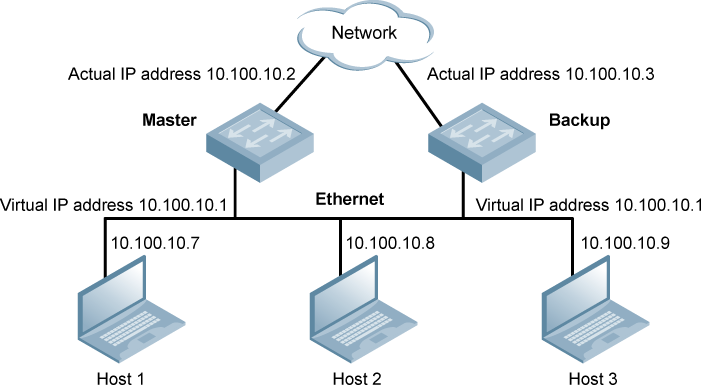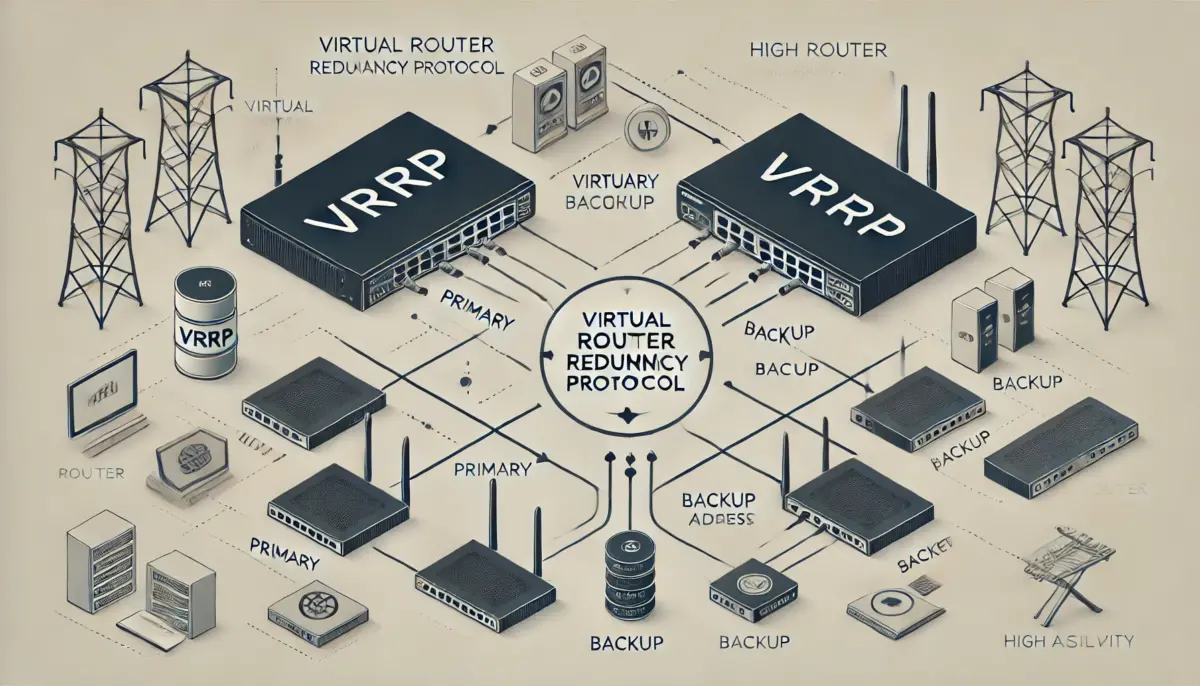High Availability

HA Galera Cluster with HAProxy and Keepalived: Simplifying the Setup
When managing a database cluster in production, ensuring high availability and load balancing is critical. Initially, we used GLB (Global Load Balancer) on each webserver to balance connections to our four Galera MySQL servers. GLB worked fine, but maintaining it across multiple webservers quickly became cumbersome. So we decided to simplify and centralize our setup…

How AI Becomes a Partner in a Competitive Niche
A Unique Collaboration Working in a highly competitive niche means always staying ahead, constantly innovating, and ensuring that the solutions I create are not only effective but also cutting-edge. This kind of environment doesn’t allow for stagnation; it demands continuous progress. However, balancing technical depth with a clear vision of what works can be challenging.…

Setting Up a Galera Cluster with GLB for Database Load Balancing
In high-demand environments where uptime and responsiveness are critical, databases often become the backbone of any application’s infrastructure. A Galera cluster offers a powerful solution for creating a high-availability database system with synchronous replication. When paired with GLB (Galera Load Balancer), you get efficient load distribution across the cluster, ensuring that no single database node…

Setting Up High Availability NFS Storage with DRBD and Pacemaker
In environments where uptime is critical, having a High Availability (HA) Network File System (NFS) storage solution can make a huge difference. A HA NFS setup ensures that services remain online and data remains accessible, even if one node fails. In this post, we’ll guide you through creating an HA NFS storage solution using DRBD…

Behind the Scenes with a Tech Innovator: A Journey Through Cutting-Edge Projects
In the world of IT infrastructure and software development, a few people always go the extra mile to solve problems in innovative and efficient ways. Today, we take a look behind the scenes at the projects and vision of a versatile IT professional who harnesses technology to create impressive systems and solutions. From Vision to…

How to Integrate HAProxy with Let’s Encrypt for SSL Certificate Management
Ensuring a secure HTTPS connection is a critical aspect of maintaining modern web services. Let’s Encrypt offers a fantastic way to automate the issuance of free SSL certificates. In this blog post, we’ll walk through a setup where HAProxy, a popular open-source load balancer, integrates with Let’s Encrypt to automate SSL certificate generation and renewal.…

Setting Up VRRP and Keepalived for Load Balancer Redundancy with HAProxy
To ensure high availability and redundancy in our load-balancing environment, we can leverage VRRP (Virtual Router Redundancy Protocol) with Keepalived. By configuring VRRP across two servers, we can assign virtual IPs (VIPs) that automatically migrate between servers in the event of a failure. This setup enables seamless failover, with each server acting as both a…

Understanding VRRP: Ensuring Network Resilience through Redundancy
The Virtual Router Redundancy Protocol (VRRP) is a network protocol designed to increase the availability of routing paths in a network. By creating a virtual router, VRRP allows multiple routers to work together, ensuring that if the primary router fails, a backup router can take over seamlessly. This failover capability is essential in networks where…

Understanding HAProxy: A Key Tool for Load Balancing and High Availability
HAProxy, short for High Availability Proxy, is a powerful and widely used open-source load balancer and reverse proxy solution. It plays a central role in ensuring that websites and applications can handle heavy traffic loads effectively and remain available, even when certain servers experience issues. What Does HAProxy Do? HAProxy is designed to distribute incoming…

Exploring the Pros and Cons of High Availability
High Availability (HA) is a key strategy in IT systems to ensure that applications and services remain accessible and operational, even during unexpected disruptions. Implementing HA can make a noticeable difference in the reliability and user experience of your systems, particularly when paired with tools like HAProxy, VRRP, and DNS. Let’s dive into the primary…










